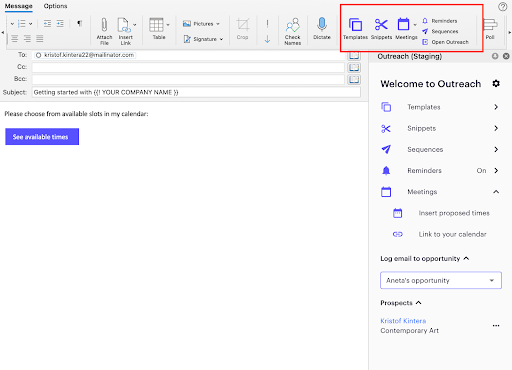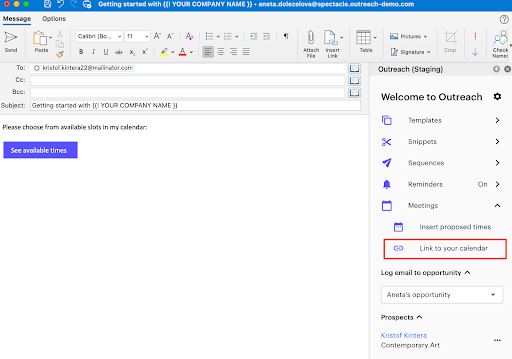In today's digital age, effective communication is paramount for businesses striving to attain their audience. On the list of plethora of communication channels available, email remains a stalwart, offering a direct and personal connection with customers and prospects alike. However, managing email campaigns manually can be time-consuming and inefficient. That is where email automation steps in, revolutionizing just how businesses engage with their audience. Here's all you could have to know about Email automation and how it can improve your communication strategy.

What is Email Automation?
Email automation identifies the method of sending targeted and personalized emails to subscribers based on predefined triggers or actions. As opposed to manually sending emails individually, automation platforms use predefined workflows and rules to provide the best message to the right recipient at the proper time. These triggers could include actions such as for instance signing up for a newsletter, creating a purchase, or abandoning a shopping cart.
Advantages of Email Automation
1. Time and Resource Efficiency: By automating repetitive tasks such as for instance sending welcome emails, follow-ups, or newsletters, businesses save valuable time and resources that may be allocated to other essential tasks.
2. Personalization: Automation provides for the creation of highly personalized email campaigns tailored to individual preferences, behaviors, and demographics, thereby increasing engagement and conversion rates.
3. Improved Lead Nurturing: With automated workflows, businesses can nurture leads effectively by delivering relevant content at each stage of the client journey, fostering stronger relationships and increasing the likelihood of conversion.
4. Enhanced Engagement: Automated emails may be triggered based on specific actions or events, ensuring timely and relevant communication that keeps subscribers engaged and interested in your brand.
5. Data-driven Insights: Automation platforms provide valuable insights into campaign performance, including open rates, click-through rates, and conversion metrics, enabling businesses to refine their strategies for better results.
Key Top features of Email Automation Platforms
1. Workflow Automation: Create sophisticated workflows with drag-and-drop functionality to automate entire email campaigns from start to finish.
2. Segmentation and Targeting: Segment your audience predicated on various criteria such as for example demographics, behavior, or purchase history to provide highly targeted and relevant content.
3. Dynamic Content: Customize email content centered on subscriber data, ensuring each recipient receives content tailored to their interests and preferences.
4. A/B Testing: Test different email variations to find out the most truly effective subject lines, content, and calls-to-action, optimizing campaign performance over time.
5. Analytics and Reporting: Access detailed analytics and reports to track the performance of your email campaigns and identify areas for improvement.

Best Practices for Email Automation
1. Set Clear Goals: Define clear objectives for the email automation campaigns, whether it's increasing sales, driving website traffic, or nurturing leads.
2. Give attention to Quality Content: Deliver valuable and relevant content that resonates together with your audience, fostering trust and loyalty over time.
3. Monitor and Iterate: Continuously monitor campaign performance and iterate centered on insights and feedback to optimize results and stay ahead of the curve.
In summary, email automation offers businesses a powerful tool to streamline their communication efforts, drive engagement, and ultimately, achieve their marketing goals. By leveraging automation platforms effectively and adhering to best practices, businesses can unlock the entire potential of email marketing in today's digital landscape.
